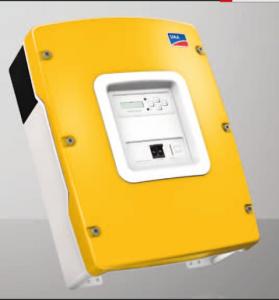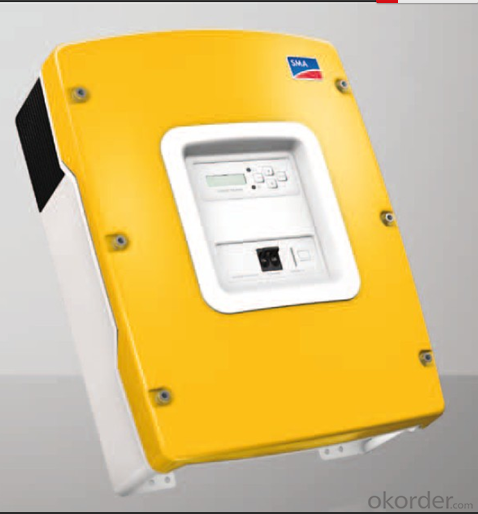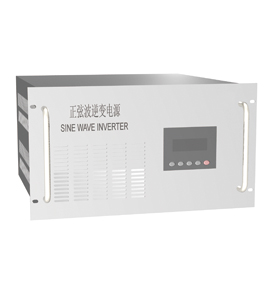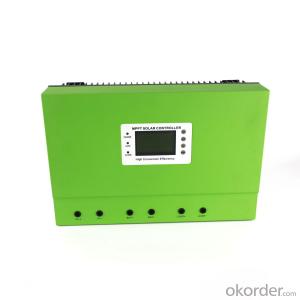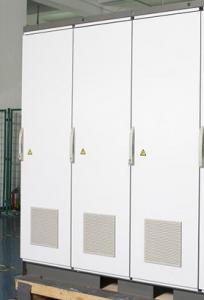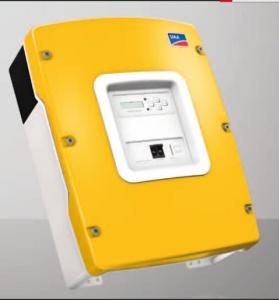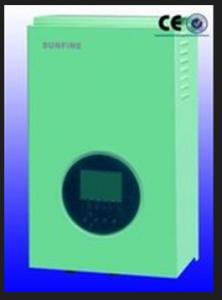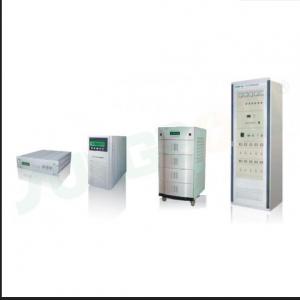Portable Solar Controllers PV Off-Grid Inverter GN-5KD with Good Quality from China
OKorder Service Pledge
OKorder Financial Service
You Might Also Like
Description:
CNBMSOLAR is a world-leading and Vertical integrated manufacturer of high-performance with Silicon,
Wafer, Cells, Modules, which convert sunlight into electricity for residential, commercial, and utility-scale
power generation.
The capacity of CNBMSOLAR is reach to 1GW, and make sure each year our shipment capacity is more
Than 700-800MWs, at the same time, we have set up the largest solar power station with our partner
in Ukraine.
CNBM is a Quality + Service oriented company with“Excellence at Each Step” approach, composed of
the finest components from TUV and IEC-certified partners around the world, CNBM modules consistently
undergo a variety of trials at the company’s Test & Development Centre, ensuring peak performance
capabilities. The company is committed to develop and provide the world with clean and renewable energy
to ease the energy shortages as well as human kind’s impact on the environment.
Data:
Model | GN-5KDS | ||
DC input | Rated Voltage(VDC) | 220Vdc | |
Low Voltage(VDC) | 43.2Vdc | ||
Low Voltage Resume (VDC) | 50.4Vdc | ||
Load Overvoltage(VDC) | 70Vdc | ||
Grid input | input rated voltage | 220Vac | |
Input Voltage range | 220Vac±15% | ||
Input frequency | 50Hz | ||
switching mode | Static switch optional,inverting priority | ||
switching time | <10ms | ||
AC output | rated capacity | 5kVA | |
rated power | 4kW | ||
rated output voltage | 220Vac | ||
Output voltage stable precision | 220±3%Vac | ||
Output frequency | 50Hz | ||
Output frequency precision | 50±0.2Hz | ||
overload ability | 120%,1 min | ||
output waveform | Pure sine wave | ||
THD | ≤5% | ||
Dynamic Response(0~100%) | 5% | ||
Power factor | 0.8 | ||
Crest Coefficient(CF) | 3:1 | ||
Inverter Efficiency | ≥85% | ||
Continuous running time | continuous running | ||
Insulation strength(inout and output) | 1500Vac,1min | ||
protection functions | DC voltage, dc current, voltage, utility line frequency, output voltage, output current, output frequency, output power | ||
display | LCD | ||
temperature | -20~+50℃ | ||
humidity | 0~95%(No condensation) | ||
Noise | ≤50(Db/M) | ||
operating alititude | ≤3000m | ||
Reference Dimensions(d\w\h mm) | 550*480*800mm | ||
Reference weight(Kg) | 128.0kg | ||
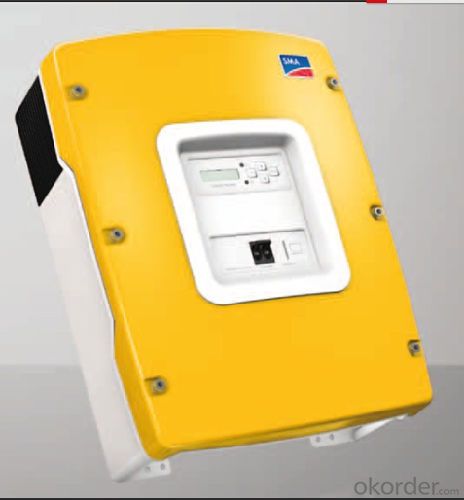
FAQ:Pls introduce more about CNBM
CNBM Group is short for China National Building Materials Group Corporation, which is established in 1984 with approval from the State Council
CNBM Group is the largest comprehensive building materials industry group in China
The Group has a total asset of over RMB 360 billion, more than 180,000 employees and 17 subsidiaries
- Q: What is the self-consumption of a solar controller?
- The self-consumption of a solar controller refers to the amount of energy that the controller itself consumes to operate. This energy consumption is separate from the energy generated by the solar panels it controls.
- Q: Can a solar controller be used with solar-powered waste management systems?
- Solar-powered waste management systems can indeed utilize a solar controller. This controller, a vital component of any solar power system, is responsible for regulating the voltage and current levels of the solar panels. Its main purpose is to ensure optimal charging of the batteries and protection against any potential damage. In the context of solar-powered waste management systems, the solar controller would play a vital role in managing the charging process of the batteries that power the entire system. Its functions would include monitoring the output of the solar panels, controlling the flow of electricity to the batteries, preventing overcharging or deep discharging, and maximizing the efficiency and lifespan of the batteries. By effectively utilizing solar energy, this guarantees that the waste management system operates reliably and efficiently.
- Q: How do I troubleshoot common issues with a solar controller?
- To troubleshoot common issues with a solar controller, start by checking the connections between the solar panels, battery, and load to ensure they are secure and properly connected. Verify that the solar panels are receiving adequate sunlight and that the battery has sufficient charge. Next, inspect the controller for any visible damage or loose wires. If everything appears to be in order, reset the controller by disconnecting it from the power source and reconnecting it after a few minutes. If the problem persists, consult the controller's user manual or contact the manufacturer for further assistance.
- Q: Can a solar controller be used with solar panel cleaning robots?
- Yes, a solar controller can be used with solar panel cleaning robots. A solar controller is responsible for regulating and controlling the flow of electricity between the solar panels and the batteries. It ensures that the batteries are charged efficiently and protects them from overcharging or discharging. When using solar panel cleaning robots, it is important to ensure that the solar panels are functioning optimally to generate maximum electricity. Dust, dirt, and debris can accumulate on the panels over time, reducing their efficiency. Cleaning robots are designed to remove these contaminants and thereby enhance the performance of the solar panels. By incorporating a solar controller into the system, the cleaning robots can be connected to the solar panels and batteries in a controlled manner. The solar controller will regulate the flow of electricity from the panels to the batteries, ensuring that the cleaning robots receive the necessary power to operate effectively. It will also monitor the battery levels and prevent overcharging or discharging, which can lead to damage. In summary, a solar controller can be used with solar panel cleaning robots to ensure efficient and controlled operation. It helps in optimizing the performance of the solar panels by maintaining the flow of electricity and protecting the batteries.
- Q: What is the maximum number of load control modes supported by a solar controller?
- The maximum number of load control modes supported by a solar controller can vary depending on the specific model and manufacturer. However, some advanced solar controllers can support multiple load control modes, typically ranging from 2 to 4 modes.
- Q: Can a solar controller be used with a solar panel cleaning system?
- Yes, a solar controller can be used with a solar panel cleaning system. The solar controller helps regulate the voltage and current flow from the solar panels to the cleaning system, ensuring efficient and safe operation.
- Q: How does a solar controller handle battery over-discharge protection?
- A solar controller handles battery over-discharge protection by monitoring the voltage level of the battery. When the voltage drops below a certain threshold, the controller will automatically disconnect the battery from the solar panel to prevent further discharge. This helps to prolong the battery's lifespan and prevent damage from excessive discharge.
- Q: What is the maximum charging voltage that a solar controller can provide?
- The specific model and manufacturer's specifications determine the maximum charging voltage that a solar controller can provide. Generally, for a 12-volt system, most solar controllers have a maximum charging voltage of approximately 14.4 to 14.8 volts, while for a 24-volt system, it is around 28.8 to 29.6 volts. To determine the exact maximum charging voltage for the specific solar controller being used, it is crucial to consult the manufacturer's guidelines and specifications. Going beyond the recommended maximum charging voltage may result in potential damage to the batteries or other components connected to the solar system.
- Q: Are there any safety precautions to consider when installing a solar controller?
- Yes, there are several safety precautions to consider when installing a solar controller. 1. Electrical Safety: Solar controllers are typically connected to high voltage DC systems, so it is important to shut off power to the system before installing or working on the controller. This will prevent electric shocks and other accidents. It is also important to use proper electrical insulation and protective gear when working with the controller. 2. Proper Mounting: When installing the solar controller, it should be securely mounted to a sturdy surface to prevent it from falling or becoming damaged. It should also be positioned away from any flammable materials or sources of heat to reduce the risk of fire. 3. Connectors and Wiring: It is crucial to use the correct connectors and wiring for the solar controller installation. This ensures that the system is properly grounded and minimizes the risk of short circuits or electrical malfunctions. It is also important to carefully follow the manufacturer's instructions and guidelines for wiring and connecting the controller. 4. Overcurrent Protection: Solar controllers should be equipped with overcurrent protection devices, such as fuses or circuit breakers, to prevent damage to the controller and the rest of the system in case of a power surge or overload. These protective devices should be properly sized and installed according to the system's requirements. 5. Proper Ventilation: Solar controllers generate heat during operation, so it is important to ensure proper ventilation around the controller. This prevents overheating and potential damage to the controller or other components. It is recommended to install the controller in a well-ventilated area or use additional cooling measures if necessary. 6. Regular Maintenance: Once the solar controller is installed, it is important to regularly inspect and maintain it to ensure safe and efficient operation. This includes checking for any loose connections, cleaning the controller, and keeping it free from dust or debris. By following these safety precautions, individuals can minimize the risk of accidents, electrical hazards, and equipment damage during the installation and operation of a solar controller.
- Q: How does a solar controller handle the protection against lightning strikes?
- A solar controller typically does not provide direct protection against lightning strikes. However, it may have surge protection devices or overvoltage protection mechanisms built-in to safeguard the solar panels and other connected equipment from potential damage caused by lightning-induced power surges. It is recommended to install additional lightning protection measures, such as lightning rods or surge protectors, to ensure comprehensive protection against lightning strikes in a solar power system.
Send your message to us
Portable Solar Controllers PV Off-Grid Inverter GN-5KD with Good Quality from China
OKorder Service Pledge
OKorder Financial Service
Similar products
Hot products
Hot Searches
Related keywords
